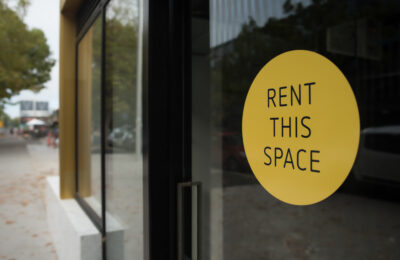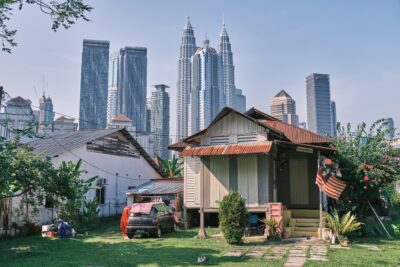Autocracies likelier to build skyscrapers: study
Soaring buildings, many with ‘vanity’ summits, proliferate in non-democratic regimes

Autocracies systematically build more new skyscrapers than democracies, argued a new paper by researchers at the University of Oslo.
Cross-referencing a Council on Tall Buildings and Urban Habitats (CTBUH) database, researchers Haakon Gjerløw and Carl Henrik Knutsen likened skyscrapers, buildings at least 150 metres high, to “modern white elephants”.
Such projects are likely to prosper in autocratic regimes in which excess spending meets less checks and balances than that in a democracy.
“In contrast, skyscrapers are fewer and — when first built — associated with less waste in democracies, and they are more frequently built urbanised democracies than in rural,” the researchers wrote.
A harsh autocracy builds 1.6 more skyscrapers every year on average than a high-scoring democracy, the paper stated via Quartz.
More: Dubai mulls freezing rents for three years
“Historically, grand castles, churches and temples have been typical examples of such leader-driven projects. The skyscraper, we argue, is a more recent example,” Gjerløw and Knutse wrote in a piece for The Washington Post.
“The high projects costs often dictate the use of state funding or other policies to ensure the building can be completed. This means political elites often play a crucial role, in practice — particularly in autocratic countries,” they added.
Skyscrapers in autocracies tend to feature “vanity metres”, excessive built areas measured as the distance from the highest occupied floor to the top of the building, the study noted.
Around 29 percent of the total height of Burj Khalifa, for example, consist of vanity meters, the authors concluded.
Other examples cited in the study include the 330-metre Ryugyong Hotel in Pyongyang.
Recommended
Meet the vagabond architect behind India’s housing scene
Vinu Daniel is helping to shake up India’s home building setting
Where Asian real estate stands in a fragmented, warmer world
Asia’s real estate industry faces many and varied challenges as external factors continue to bite
6 sights to see in Singapore’s Marine Parade
Handily located Marine Parade has emerged as a vibrant investment choice in the Lion City
There’s a township dedicated to health and wellness in Malaysia
Property seekers have their health needs catered for at KL Wellness City








